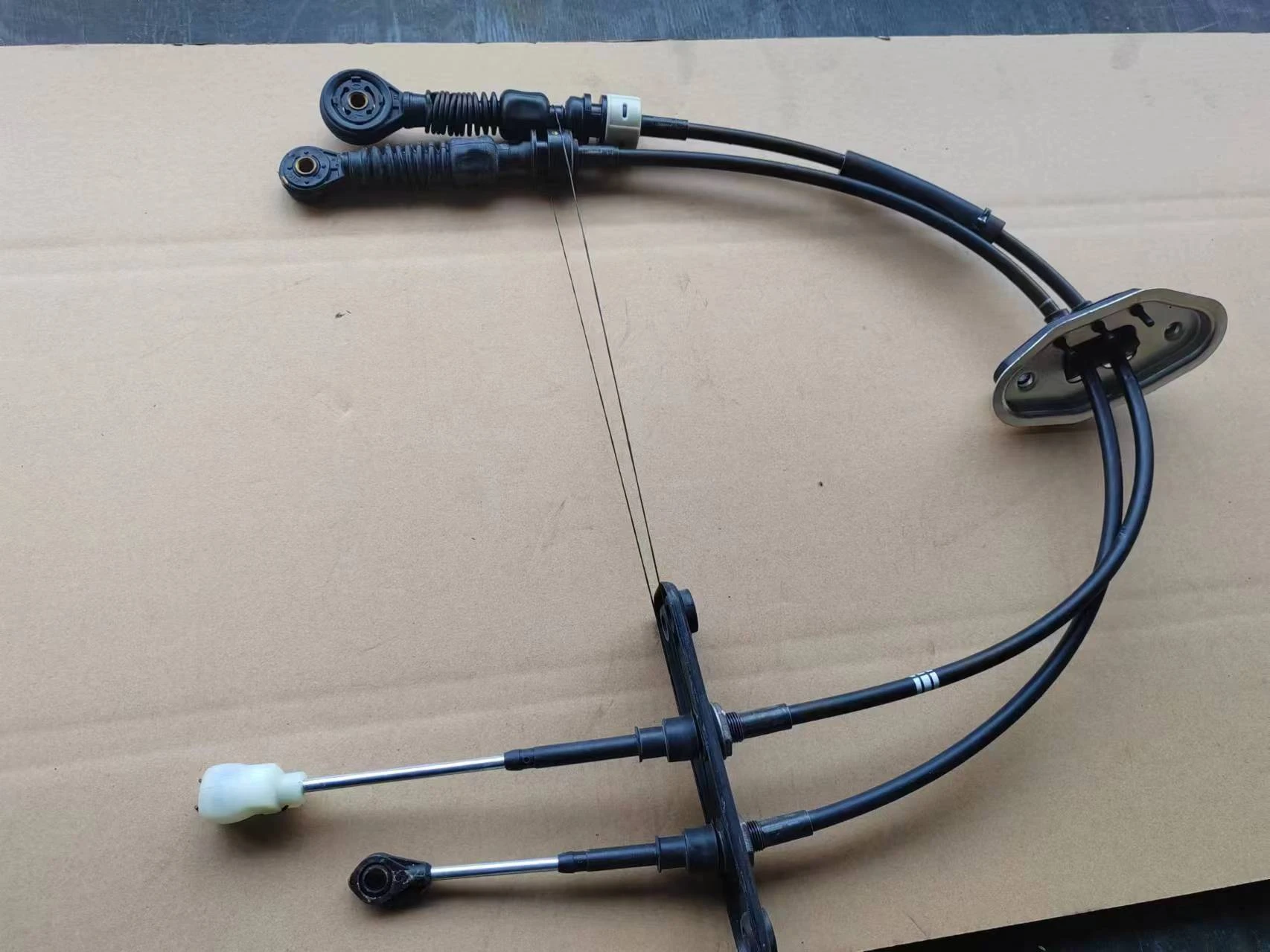Understanding the Function and Importance of Accelerator Throttle Cables in Vehicles
Understanding the Accelerator Throttle Cable Function, Importance, and Maintenance
The accelerator throttle cable is a critical component in the functioning of internal combustion engines, playing an essential role in controlling the power and performance of a vehicle. This cable connects the accelerator pedal to the throttle body, which is responsible for regulating the amount of air entering the engine. By understanding how the throttle cable works, its significance in vehicle operation, and tips for proper maintenance, drivers can ensure smoother performance and longevity of their vehicles.
Function of the Accelerator Throttle Cable
The primary function of the accelerator throttle cable is to transmit the driver’s intention to increase or decrease engine power. When the driver presses the accelerator pedal, the cable pulls on the throttle body lever, which opens to allow more air into the engine. This increased airflow enhances the engine's performance, allowing the vehicle to accelerate. Conversely, when the pedal is released, the cable retracts, allowing the throttle plate to close, thereby reducing airflow and engine power.
Modern vehicles are increasingly equipped with electronic throttle control systems, which utilize sensors and electronic signals to manage throttle operation. However, the traditional cable-operated throttle system is still prevalent in many vehicles, particularly older models and smaller engines. This system offers a direct mechanical connection between the driver’s input and the throttle response, often characterized by immediate feedback and a more engaging driving experience.
Importance of the Accelerator Throttle Cable
The accelerator throttle cable is vital for several reasons. First and foremost, it directly influences the vehicle's acceleration and responsiveness. A well-functioning cable allows for smooth transitions between acceleration and deceleration, contributing to overall driving comfort and safety. On the other hand, a malfunctioning or frayed cable can lead to erratic throttle response, stalling, or even complete loss of power, posing a significant safety risk.
Moreover, the throttle cable contributes to fuel efficiency. Proper functioning allows for precise control of air intake, which is essential for optimal fuel consumption. An inefficient throttle system may lead to excessive fuel consumption, higher emissions, and increased operating costs.
accelerator throttle cable

Maintenance of the Accelerator Throttle Cable
Regular maintenance of the accelerator throttle cable is crucial for ensuring its longevity and reliable performance. Here are some key tips for maintaining this important component
1. Visual Inspection Periodically inspect the cable for signs of wear, fraying, or corrosion. Pay attention to the areas where the cable bends, as these are often the most vulnerable points.
2. Lubrication Keeping the throttle cable well-lubricated can prevent sticking or binding. Use appropriate lubricant and apply it to the cable sheath and connection points to ensure smooth operation.
3. Adjustment Depending on the vehicle, it may be necessary to adjust the throttle cable to maintain proper tension. Refer to the vehicle’s service manual for specific adjustment procedures.
4. Replacement If you notice any significant damage or if the cable is no longer functioning correctly, it’s important to replace it promptly. A malfunctioning throttle cable can jeopardize your safety on the road.
5. Professional Inspection For those unfamiliar with automotive maintenance, seeking the help of a professional mechanic can ensure that the throttle cable and its related components are in optimal condition.
In conclusion, the accelerator throttle cable is a key element in vehicle performance and safety. By understanding its function and importance, along with adhering to maintenance practices, drivers can enjoy smoother rides and prolong the lifespan of their vehicles. Whether operating a classic car with a cable throttle or a modern vehicle with an electronic system, being aware of this component’s role can enhance driving experiences and enhance vehicle reliability.
-
Workings of Clutch Pipe and Hose SystemsNewsJun.04,2025
-
The Inner Workings of Hand Brake Cable SystemsNewsJun.04,2025
-
The Secrets of Throttle and Accelerator CablesNewsJun.04,2025
-
The Hidden Lifeline of Your Transmission Gear Shift CablesNewsJun.04,2025
-
Demystifying Gear Cables and Shift LinkagesNewsJun.04,2025
-
Decoding Clutch Line Systems A Comprehensive GuideNewsJun.04,2025
